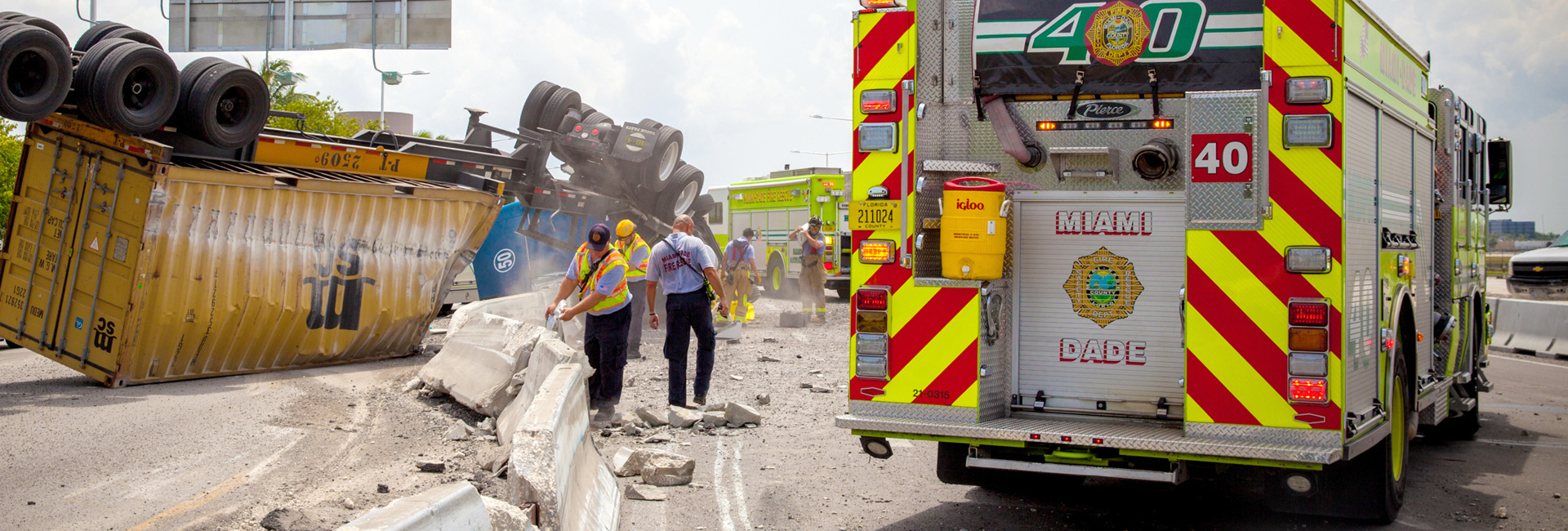Safety Tips: Cardiac Emergencies and Defibrillators
Shocking or rather, defibrillating a patient is only effective with a very specific type of cardiac arrest. During this type of cardiac arrest there is actually some electrical activity in the heart, but no heartbeat. Defibrillation works by sending an electrical shock through the heart muscle in an attempt to reset the heartbeat.
Using the defibrillator with the wrong type of cardiac arrest can be ineffective at best, and potentially deadly at worst. The machine can cause injury or death to the operator (and any other living person in contact with the machine or patient) if not properly used. In all cases, though, if defibrillation is going to work, it must be done very soon after the onset of cardiac arrest, ideally within four minutes. For every minute of delay, the chance of survival drops about 10 percent.
The medical world came to the conclusion that "early defibrillation" was probably the most significant link in the chain of survival for many cardiac arrest victims, but the machine crucial to saving those lives could only be used by professionals. By the time those professionals were called and were able to arrive and assess the patient, it was often too late for defibrillation to be effective.
As a solution, the development of a defibrillator that could be used by virtually everyone was created. The Automatic External Defibrillator (AED) was born. The AED has actually been around for years, but only for use by first responders with some training, like police officers and non-paramedic firefighters. Nowadays, the AED has evolved to the point that it can be used by almost anyone with just minimal training.
The new AED talks to the operator and explains in very simple and clear terms exactly how to proceed. The shocking pads no longer have to be held onto the patient; they are sticky pads now with cords that attach to the machine. Placement instructions are illustrated on the pads. The machine then determines the correct power, reminds the operator to make sure there is no physical contact with the patient and then advises exactly when to push the "shock" button. It even offers cues to call 911 and begin CPR when appropriate.
Public Access to Defibrillation
Most recently, the medical community and their emergency response partners have joined forces to take things to the next level making these machines accessible in public places. A nationwide initiative has begun called Public Access to Defibrillation (PAD). PAD programs include the placement of AEDs in private and public places where large numbers of people gather such as airports, malls, schools and other large buildings. These programs also provide for maintenance of the machines and training for personnel who work at PAD sites.
Many communities all over the country are beginning to bring public access defibrillation (PAD) programs into their public places and Miami-Dade County is one of these communities. We were able to fund the program through a grant received from the U.S. Department of Health and Human Services.

Fire Rescue
Raied "Ray" Jadallah
R. David Paulison Fire Rescue Headquarters
9300 NW 41st Street,
Miami, FL 33178-2414
786-331-5000

